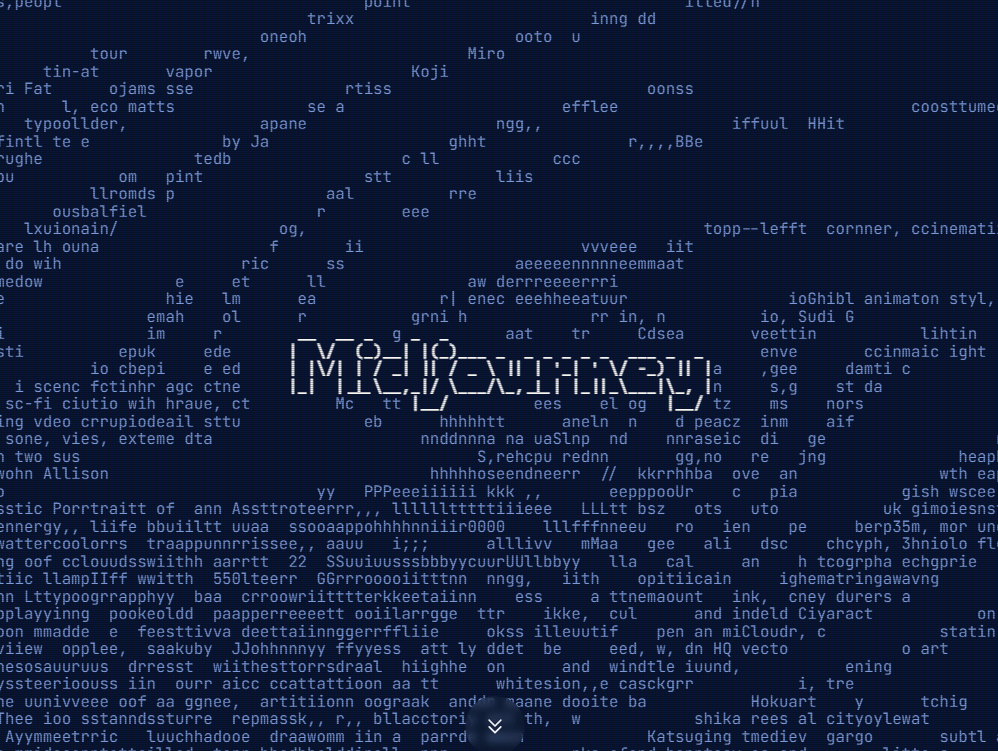If computers can imagine and dream, that should be credited to AI.
With artificial intelligence, computers can function beyond its programming, and do things that are based on what the AI has learned and been trained for. Since the introduction of text-to-image AI models, like OpenAI's DALL·E, the trend picked up its pace pretty fast.
By giving the public the ability to generate AI-made images on their own, for free, without any coding skills, sophisticated hardware, or AI training requirements, the number of AI-generated images that are shared on the web increased tremendously.
Midjourney, another AI image generator, is known for its super-realistic, photorealistic results.
Among others, Many have praised Midjourney for flawlessly tackling the nightmarish hand issues that have been haunting AI image generators in general.
But its highly-praised abilities have forced the team to halt all free trials.

At first, the team blames it on a sudden influx of new users.
Midjourney CEO and founder David Holz announced the decision, originally citing "extraordinary demand and trial abuse".
Holz explained that the pause is "because of massive amounts of people making throwaway accounts to get free images."
"We think the culprit was probably a viral how-to video in China," said Holz. "This happened at the same time as a temporary GPU shortage. The two things came together and it was bringing down the service for paid users."
But what's concerning here, when it comes to the web, is Holz’s reference to "abuse."
What really happened here, people were creating fabricated images and are then distribute them as news.
For example, viral images created using Midjourney, include the fabricated images of Elon Musk holding hands with General Motors' CEO Mary Barra.
More pics of the happy couple. pic.twitter.com/KJQZ5t4rN4
— AllYourTech (@blovereviews) March 26, 2023
Later, more photos of Elon Musk, and this time, he's with Alexandria Ocasio-Cortez, also known by her initials AOC, an American politician and activist.
BREAKING: Hours after being seen with Mary Barra, Elon Musk was spotted with AOC pic.twitter.com/3jZfP7jZlD
— AllYourTech (@blovereviews) March 26, 2023
And after that, more of Elon Musk, but this time, he's with singer Taylor Swift.
In a few months, when the hands are no longer an issue.... watch out pic.twitter.com/PuDxK0ZLS6
— AllYourTech (@blovereviews) March 27, 2023
Then, there is also the viral image of Pope Francis, the head of the Catholic Church, wearing a stylish puffer jacket.
Here's my Midjourney pope image with this prompt:
"medium-full shot of pope francis wearing puffer jacket, walking on the street, natural afternoon light, shot on Agfa Vista 200, side-angle view, 4k --ar 16:9 --stylize 1000 --v 5" pic.twitter.com/XrdcMVLoqI— Peter Yang (@petergyang) March 26, 2023
But among the many images generated by Midjourney, there are others that are more concerning, and could spark fake news that affect politics uncertainties.
Examples include fabricated photos of French President Emmanuel Macron in the middle of the retirement-age protests in Paris.
— No Context French (@nocontextfre) March 21, 2023
Then, there is the fabricated photos of the arrest of King Charles.
King Charles was arrested. According to the story I wrote in #midjourneyv5 -King of England was arrested.
Sorry Charles...#midjourney #KingCharles @RoyalFamily pic.twitter.com/fqYzuMIpP7— Aziz Korkmaz (@zizazamkrok) March 22, 2023
And also the viral AI-generated photos of the arrest of Donald Trump, the former President of the United States.
Making pictures of Trump getting arrested while waiting for Trump's arrest. pic.twitter.com/4D2QQfUpLZ
— Eliot Higgins (@EliotHiggins) March 20, 2023
— Eliot Higgins (@EliotHiggins) March 20, 2023
A number of photos depicting Trump being dragged away by the authorities, and put behind bars, have made rounds on social media platforms.
Because many people mistook the AI-generated images for real photographs, this create issues, and fake news.
The images were created by investigative journalist Eliot Higgins. Following the photos that have gone viral, Higgins said he was subsequently banned from using Midjourney.
Apparently doing a viral thread about Donald Trump using Midjourney images is enough to get you banned from Midjourney, oops.
— Eliot Higgins (@EliotHiggins) March 22, 2023
According to Holz, Midjourney maintains a list of banned words "related to topics in different countries based on complaints from users in those countries," however it's then realized that Midjourney’s content restrictions are more permissive than some rival services, like OpenAI’s DALL-E 2.
However, it's more restrictive than Stable Diffusion.
It's worth noting here, that the free trial of Midjourney never included access to Midjourney v5, which is able to create even more realistic images.
Version 5 of Midjourney significantly improved the quality of images depicting people.
Following the end of the trial, the team has expanded its banned words to also include “arrested," for example.
While this should help limit the AI from generating images it shouldn't, such restrictions are extremely easy to bypass.
For example, users can use synonyms, or by replacing the banned words with other similar words that can make the sentence retain the same context.
So instead of using the prompt "Donald Trump being arrested," one could create identical output with the prompt "Donald Trump in handcuffs surrounded by police."